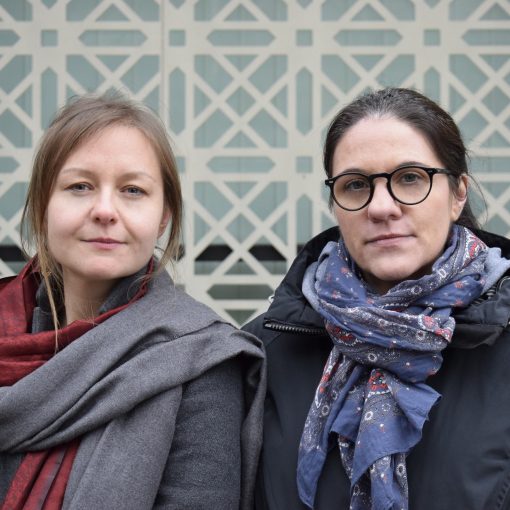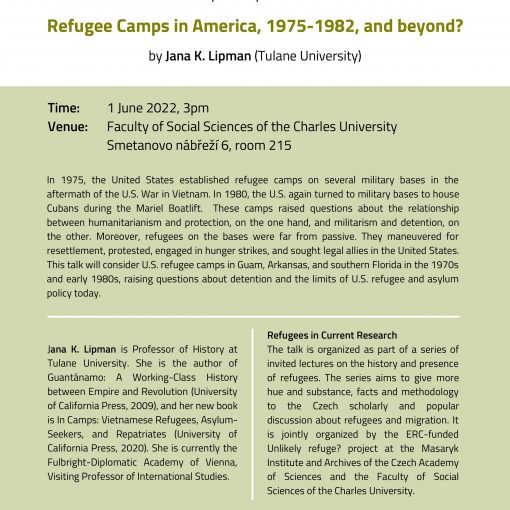On 29 June 2024, Nikola Tohma and Maximilian Graf participated in the EDUC Summer School at the University of Potsdam, engaging in a debate with students on the differences and similarities of refugee regimes in the West and the East during early Cold War.
Political emigration during the Cold War has traditionally been associated with refugees fleeing the Eastern Bloc countries across the Iron Curtain towards the West. For this reason, the concept of a political refugee often entailed a simplifying image of a refugee from the East as anti-communist and escaping political oppression. Leaving aside the fact that social and economic factors potentially motivated their flight, too, this approach disregards the movement of political refugees in the opposite direction, this time based on presumed communist allegiances. While we commonly speak of the Western refugee regime, delimited by the 1951 Refugee Convention and its 1967 Protocol, we rarely consider the parallel existence of a refugee regime constituted by the East. The cases of 1956 Hungarian refugees in Austria and the Greek Civil War refugees to Czechoslovakia challenge these conventional narratives. While Czechoslovakia stands for the Eastern approach to refugee aid, Austria represents a corrective to the Western refugee regime. What interests drove these two states to accept political refugees? What measures were taken to integrate them? What similarities and differences did the cases display?





